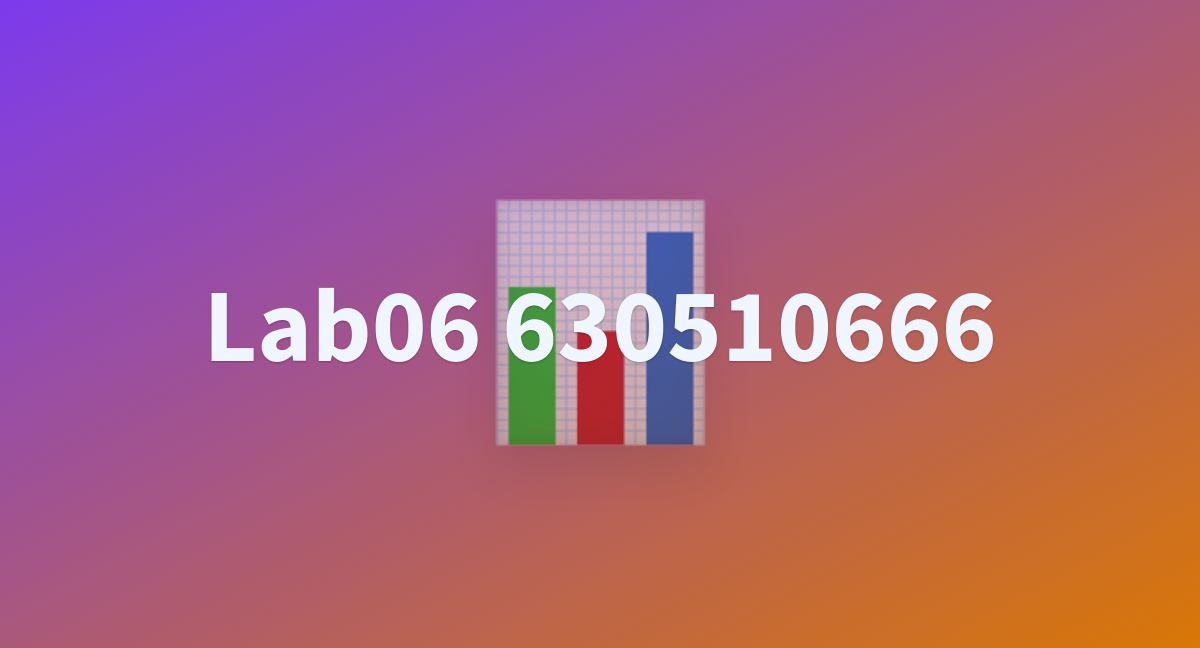

- #Git annex documentation manual#
- #Git annex documentation code#
- #Git annex documentation tv#
- #Git annex documentation mac#
Verify data integrity using cryptographic hashes, on a schedule That turned out longer than I wanted, but to summarize, Git Annex helps me:Įnsure that I'm not accidentally deleting files Please see the Page on Standard Groups for additional use cases: This lets me implement on-site off-site easily because one of the groups is off-site at any given time. This way, each file is wanted by my desktop, one of the drives in group A and one of the drives in group B. I used preferred content to tell Git Annex that things in group A want 1 copy of any file, and things in group B want 1 copy of any file. So, I divided my externals into two groups A and B. I wanted 3 copies of my data, and remember that the data now exceeds the size of any single external drive. NumCopies is complemented by an even more powerful feature called Preferred Content and Groups.

This feature gives me an amazing peace of mind. It can even do this on an incremental schedule you can tell it to fsck for 30 minutes, only things that have not been fsck'd in the last 180 days. Git annex can recompute checksums for the data and make sure they match. This enables another git annex feature - fsck.

When Git Annex adds a file to the annex, it typically hashes the file using a cryptographic hash like SHA256 (you can pick the checksum and also disable it if you don't like it). I was using Borg Backup for things before, and I still love it, but once the borg repo no longer fit in an external drive, i was basically screwed. Git annex let me very cleanly copy as much as possible into a drive, and copy the "leftovers" into a new drive. In my case, as the volume of Cinema grew beyond 8 TB, I couldn't just rsync the Cinema to multiple drives, since I only had 8TB drives. Location Tracking has been a game changer for me, because no single external drive needs to be able to hold the entirety of your annex. You want to watch Casablanca, you can ask Git Annex which external drive has Casablanca and fetch that drive from your vault or wherever. Suppose you have a massive Cinema collection and you've copied it to several external drives. This location tracking is great when the data lives on external drives. Git Annex can enforce numcopies because it knows where any given file lives. When I plug in an external and "sync", Git Annex will make the necessary copies. If i try to delete the file, git annex will warn me that that deleting it here will violate the numcopies constraint. There is only 1 copy of it at the moment (laptop). Suppose I add a new document in my laptop. For important documents, I specify 5 copies, and for things like music and movies, I have it set to 3. Specify the number of copies I want for files in that repo. With that out of the way, here's some things that Git Annex lets me do: The Special Remotes support encryption using GPG. I have used the S3 remote once, but most of my experience is with data on external drives. Git Annex supports things like S3 and RClone via "Special Remotes".
#Git annex documentation manual#
I use Git annex manually through command line and not through their assistant - which looks good, but I want manual control.

I also have a lot of experience with Git, so I find the fact that it builds on Git as a strength, and not a source of additional complexity.
#Git annex documentation code#
This is because most of my data that is constantly change is either my own notes or my code which is plain text and managed via Git. Git Annex handles renames and moves like a champ, but editing the content requires an unlock/lock workflow that I don't have too much experience with.
#Git annex documentation tv#
For example: music files (once tags have been fixed to the way i like it), tv shows, movies, ebooks, even personal documents like statements and the like. I only use it on data that is write once read many.
#Git annex documentation mac#
I do not know what the experience on a Windows / Mac is like. I just use the package provided by my distro (Fedora). I run linux on my laptops and desktops and have had a great experience. I have been using it for almost 4 years now, and I intend to expand its usage to cover even more of my data. I use Git-Annex to manage nearly 18 TB of data, and I find it to be extremely well designed and reliable - both traits that I look for in a storage management system.


 0 kommentar(er)
0 kommentar(er)
